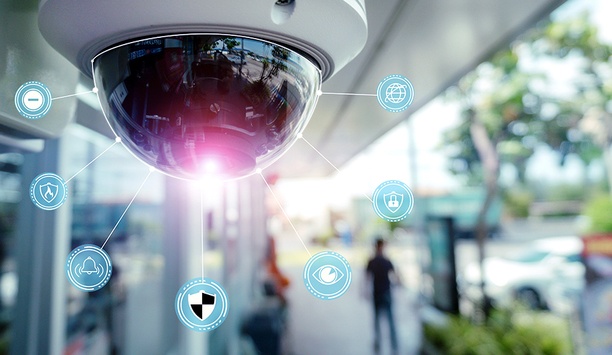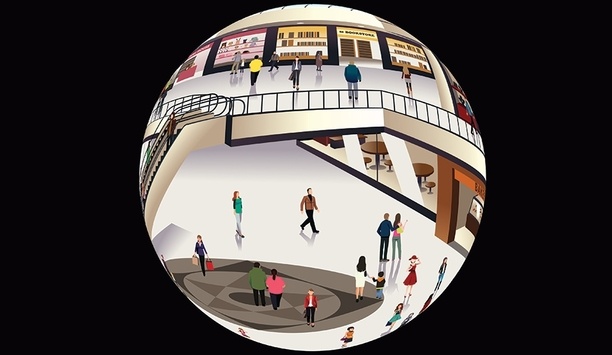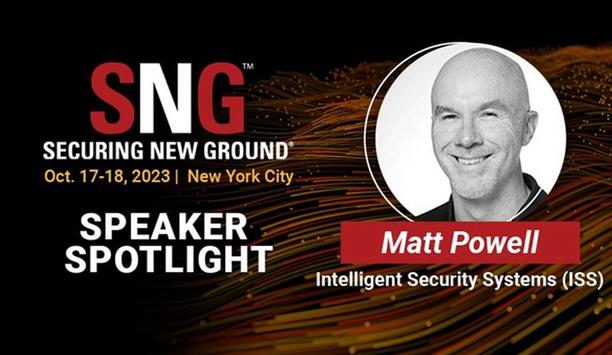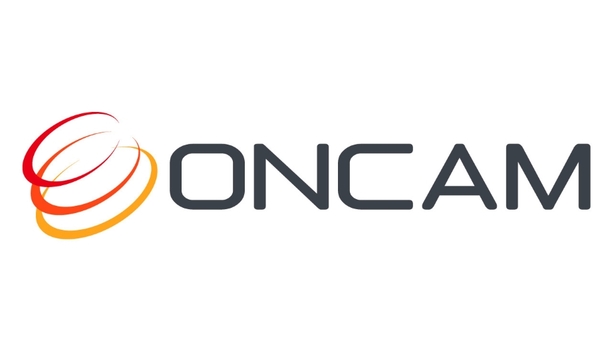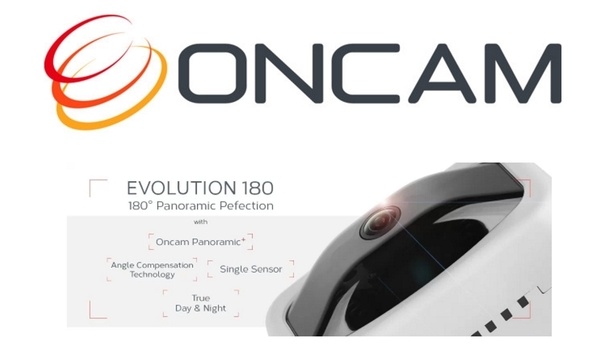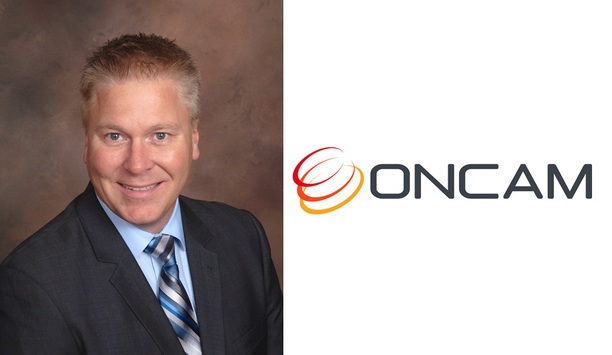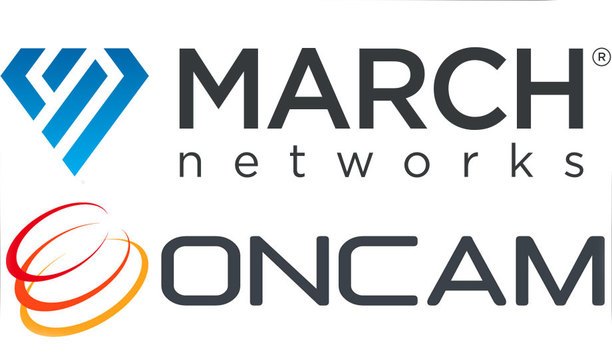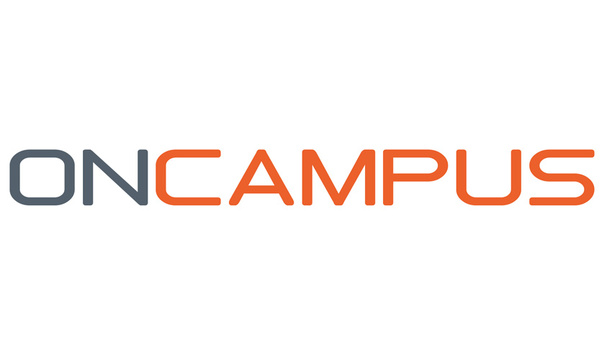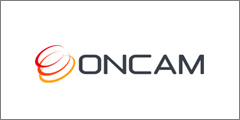Jumbi Edulbehram

Jumbi Edulbehram
Global Business Development for Smart Cities and Spaces, NVIDIAJumbi Edulbehram oversees global business development for Smart Cities and Spaces at NVIDIA, where he is responsible for driving revenue for AI computing products by defining and implementing growth strategies for smart city solutions. Prior to NVIDIA, he was the VP of global cloud services at Motorola Solutions, where he was responsible for Avigilon’s cloud products. Prior to joining Avigilon, Jumbi was the Regional President of the Americas for Oncam, a maker of immersive video technology. Jumbi has held leadership positions at Samsung Techwin, Next Level Systems, and Axis Communications, and has also worked as a management consultant at BCG and as a chip design engineer at Intel Corp. Jumbi is passionate about the use of AI-based computing technologies for instrumenting smarter spaces.
Round table contributions
The Metaverse sounds like the plot of the latest summer action movie. In reality, it’s a technology - or, more accurately, a group of technologies - that will likely have a transformational impa...
The year ahead holds endless promise for the physical security industry, and much of that future will be determined by which technologies the industry embraces. The menu of possibilities is long &ndas...
Cybersecurity continues to be a major theme in the physical security industry, but effective cybersecurity comes at a cost. Higher cost is contrary to another major trend in the market: lower product...
The new year 2019 is brimming with possibilities for the physical security industry, but will those possibilities prove to be good news or bad news for our market? Inevitably, it will be a combination...
In many regards, 2018 was a turbulent year for the physical security marketplace, driven by evolving technologies and changing customer needs, among other factors. Year-end is a great time to reflect,...
The concept of how security systems can contribute to the broader business goals of a company is not new. It seems we have been talking about benefits of security systems beyond “just” sec...
In today’s global economy, goods are manufactured all over the world and shipped to customers thousands of miles away. Where goods are manufactured thus becomes a mere detail. However, in the ca...
Physical security technologies operate successfully in many different markets, but in which markets do they fall short? Physical security is a difficult challenge that can sometime defy the best effor...
Artificial intelligence (AI) is a current buzzword in the physical security market – and the subject of considerable hype. However, AI sometimes get negative press, too, including dire warnings...
By definition, an edge device is an entry point to a network. In the physical security industry, edge devices are the cameras, sensors, access controllers, readers and other equipment that provide inf...
What happens after the sale is complete, after the contracts are all signed and sealed? That’s when an abundance of variables can kick in – variables that can mean the difference between a...
Video cameras are everywhere, and hundreds more are installed every day. Our society appears to be reaching a point of perpetual surveillance. It certainly feels as if we are always being watched even...
Hospitality businesses work to provide a safe and pleasant customer experience for their guests. Hotels offer a “home away from home” for millions of guests every day around the world. The...
High-quality products are the building blocks of successful physical security systems. How they are packaged may sometimes be seen as an unimportant detail or an afterthought. But should it be? Effect...
Knowledge shared among peers is often afforded more credibility than information from manufacturers. An approximation of that principle is at work in the use of case studies as marketing tools in the...
Articles by Jumbi Edulbehram
Should ‘Made in China’ be seen as a negative in security systems and products? It’s an important and complex issue that merits a more detailed response than my recent comment in the...
In 1973, a brilliant economist named E.F. Schumacher wrote a seminal book titled ‘Small Is Beautiful:’ taking an opposing stance to the emergence of globalization and “bigg...
It's no secret that one of the next market segments to see exceptional growth nationwide is somewhat non-traditional: cannabis. The global cannabis market is projected to reach $60 billion by 2024, ac...
The physical security market continues to experience growth as users look to capitalize on the promises of emerging technologies and because of this, 2017 proved to be a great year for Oncam. In fac...
Over the last year, we have continued to see the rise of manufacturers from China in the mid- to low-end market for video surveillance - a trend that currently shows no signs of tapering. Additionally...
As the technology in omnidirectional cameras continues to improve, they are becoming increasingly more affordable to a wider segment of the video surveillance market Just a few yea...
The year 2015 has been notable in several ways. Industry changes include a rise in Chinese manufacturers in the mid- to low-end market, more mobile devices providing video surveillance, and the rise o...
News mentions
Intelligent Security Systems (ISS), a global provider of video intelligence and data awareness solutions, announced that its Managing Director for North America, Matt Powell, has been selected to spea...
The Metaverse sounds like the plot of the latest summer action movie. In reality, it’s a technology - or, more accurately, a group of technologies - that will likely have a transformational impa...
The security marketplace is talking about a lot of different subjects. Our website’s Expert Panel Roundtable discussions in 2018 reflected some of the “hot topics” in the industry.&n...
Thousands of security professionals gathered Nov. 14-15 at the Javits Center in New York City to explore new products, solutions and technologies, network with security luminaries and obtain high-qual...
Oncam, a provider of 360-degree video capture and business intelligence technology, announced it was honored with two awards for its innovative products: Most Innovative Online Solution from the 2018...
Oncam, global provider of 180- and 360-degree video capture and business intelligence technology, announced that it has experienced rapid growth over the past year, including significant expansion in...
SourceSecurity.com’s Expert Panel covered a lot of ground in 2017 about a variety of topics resonating in the security market. The most-read Roundtable discussion...
Oncam, a provider of 360-degree video capture and business intelligence technology, has announced the addition of John Haspel as the company's new Director of Technology Programs, bringing more than 3...
March Networks®, a global provider of intelligent IP video solutions, is pleased to announce a strategic partnership with Oncam, a provider of 360-degree video capture and business intelligence te...
The coalition is made up of educational end users, administrators, consultants, architects and technology providers The Campus Security Coalition, a networking group focused on spea...
SourceSecurity.com’s Expert Panel covered a lot of ground in 2016 about a variety of topics in our Roundtable discussions. The very most-clicked-on Roundtable discussion in...
OnCampus brings together educators, administrators, and thought leaders to address the state of security on campuses The upcoming OnCampus Educational Seminar in Chicago is pleased...
Part 3 of our Security in Healthcare series Megapixel and higher-definition cameras are meeting the security and surveillance needs of a variety of hospital and healthcare facilit...
Event brings end users, integrators and technology partners together to discuss the surveillance and security needs of educational institutions Oncam, a provider of 360-degree...
Part 2 of our Security in Healthcare series Users need to be able to upgrade in a way that fits with both their securityneeds and their budgetary limitations The futu...
The Program will provide information, tools and support to partners focused on superior customer service and security system design Oncam, the leading provider of 360-degree video c...
Oncam’s 360-degee cameras will bedemonstrated alongside WavestoreUSAV5 VMS at ISC West booth #23129 Oncam, the leading provider of 360-degree video capture and business intell...
OnCampus is dedicated to ongoing discussions on the improvement and future of security needs of education sector Oncam, the leading provider of 360-degree video capture and business...
The Boston-area location will offer a highly branded environment for employees, customers and guests Oncam, the security division of Oncam Technologies and leading provider of 360-d...
In the last several years, Oncam has experienced significant growth in the retail sector Oncam, the security division of Oncam Technologies and leading provider of 360-degree camera...









